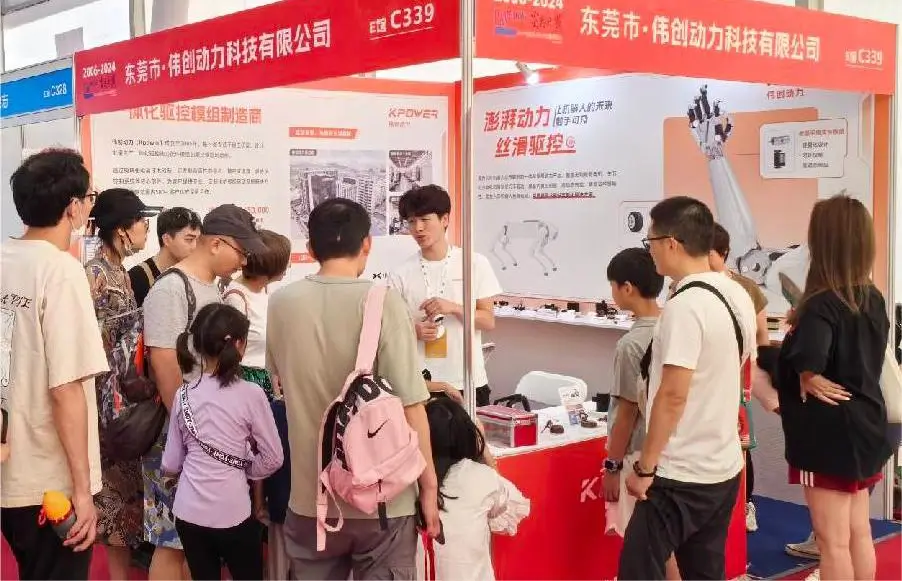Imagine this: you’re trying to build a system that feels like a well-oiled machine, every part humming smoothly. That’s what microservices development is all about. Instead of throwing everything into one big pot, you split it into small, manageable pieces—each one doing its own thing, but working together. Sounds simple, but diving into the real world, there are some unspoken rules that make or break your project.

First off, microservices are great at breaking complexity into bite-sized chunks, but it’s easy to get lost in orchestration. Locking everything in a single container turns into chaos fast. That’s where clear boundaries come into play; each microservice should have a singular, focused responsibility. For instance, rather than building a monolithic e-commerce platform that handles checkout, product catalog, and user profiles all at once, carve out each function. When someone orders a product, the check-out microservice kicks into gear without meddling with the inventory or user profile services.
Reliability is king here. When one microservice flunks, the whole system shouldn’t go down, right? So, implementing graceful degradation, circuit breakers, and fallback mechanisms is key. It’s not just about writing code but thinking about what happens if something goes wrong. Imagine a weather app—if the location service is down, the app should seamlessly provide cached data instead of crashing. Small fail safes boost customer confidence, even when the unexpected happens.
Speed is another huge aspect. Microservices should be lightweight, quick to deploy, and easy to scale. Using container orchestration tools helps a lot, especially when you want to handle sudden spikes—like a flash sale. Instead of manually deploying updates, automation keeps everything smooth. It’s a performance boost that saves headaches during peak times.
And yes, keeping everything connected without chaos is crucial. RESTful APIs, message queues, event-driven architectures—they all help different services talk without stepping on each other’s toes. Think of it like a well-coordinated dance, where everyone moves fluidly and in sync.
Now, you might wonder, “How do I keep everything manageable as my system grows?” Monitoring and logging become your best friends. You want to catch issues before they turn into disasters. Tools for real-time tracking provide insights—where is the bottleneck? Which service is slow? Sometimes, it’s just small tweaks, like optimizing database calls, that make a big difference.
One thing I’ve noticed is that developers who understand the importance of versioning and backward compatibility tend to roll out updates without disturbing users. It’s all about smooth transitions—not forcing everything to change overnight. Plus, documenting microservices thoughtfully saves you from huge headaches later on.
Ultimately, microservices aren’t just a technical choice. They’re a mindset—a way to build systems that are resilient, flexible, and ready to adapt. It’s not enough to follow buzzwords; understanding the underlying principles and applying best practices makes all the difference. After all, nobody wants a brittle system crumbling under pressure, right? A solid microservices approach creates a foundation that’s strong and adaptable, ready for whatever comes next.
Established in 2005, Kpower has been dedicated to a professional compact motion unit manufacturer, headquartered in Dongguan, Guangdong Province, China. Leveraging innovations in modular drive technology, Kpower integrates high-performance motors, precision reducers, and multi-protocol control systems to provide efficient and customized smart drive system solutions. Kpower has delivered professional drive system solutions to over 500 enterprise clients globally with products covering various fields such as Smart Home Systems, Automatic Electronics, Robotics, Precision Agriculture, Drones, and Industrial Automation.




































